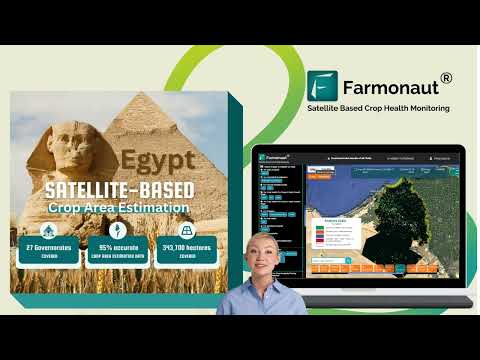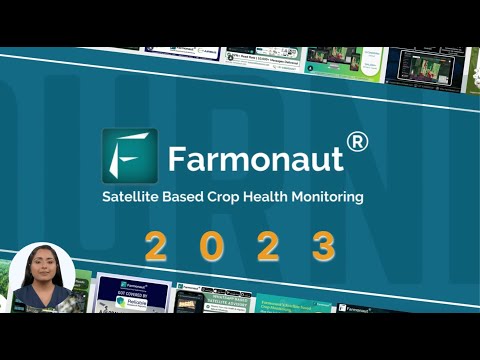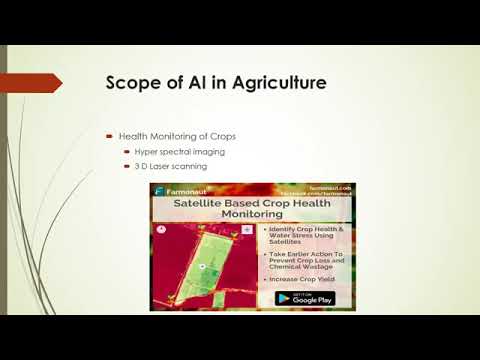Urgent: Santa Cruz Food Banks Face Crisis as Federal Support Halts – How You Can Help Bridge the Gap
“Federal funding cuts could result in the loss of millions of meals for food banks across the country.”
In the heart of Santa Cruz County, a crisis is unfolding that threatens the very fabric of our community’s food security. As we at Second Harvest Food Bank Santa Cruz County face an unprecedented challenge, we find ourselves at the forefront of a nationwide struggle against hunger. The abrupt halt in federal food assistance has left us grappling with empty shelves and dwindling resources, prompting us to sound the alarm and call for urgent community support.
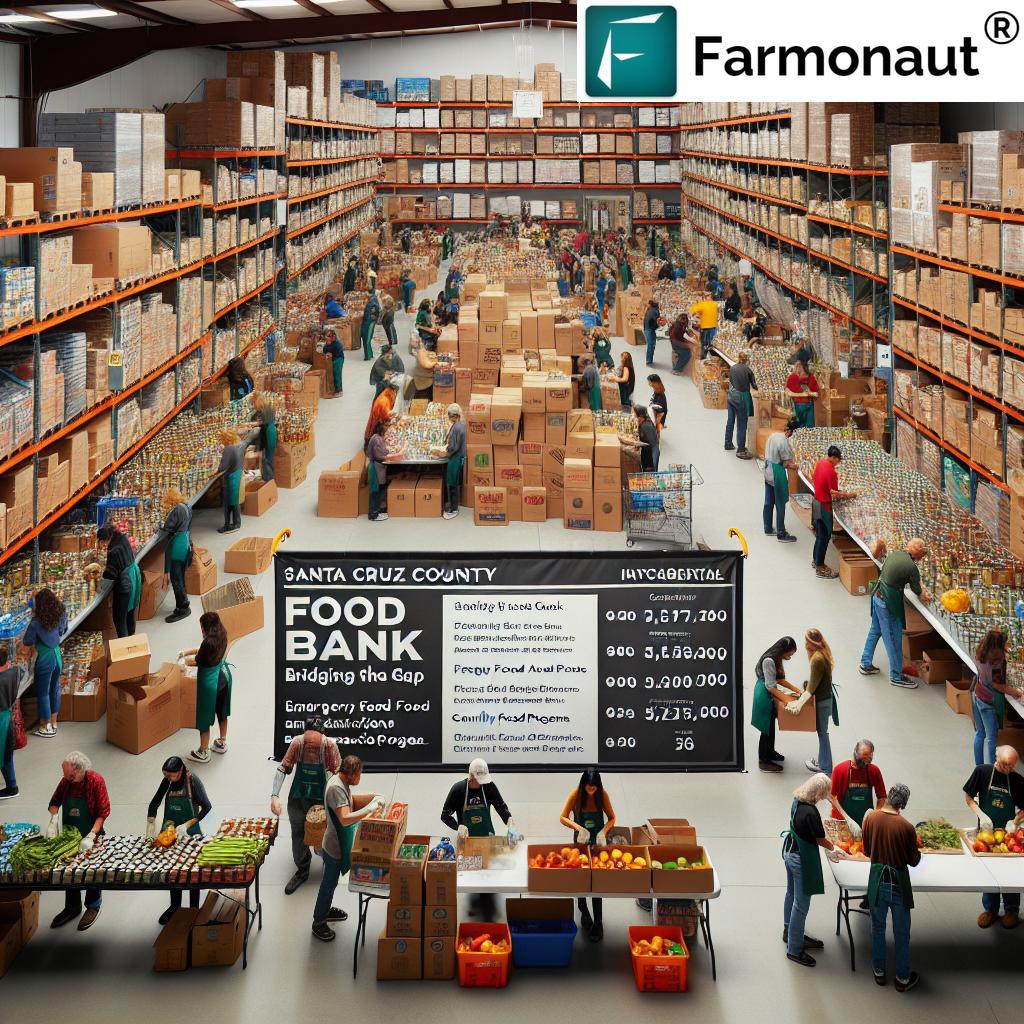
The impact of this sudden pause in federal support is staggering. We’re facing a shortfall of 177,000 pounds of food – equivalent to 1 million meals – that were promised but never delivered. This critical gap in our inventory stems from the unexpected suspension of the U.S. Department of Agriculture’s Commodity Credit Corporation program, a vital lifeline for food banks across the country.
The Ripple Effect of Federal Funding Cuts
The crisis we’re experiencing is not isolated to Santa Cruz. Food banks nationwide are reporting similar challenges as federal food assistance programs face unexpected pauses and potential cuts. This widespread issue highlights the interconnected nature of our food security network and the critical role that federal support plays in maintaining these vital services.
To better understand the magnitude of this crisis, let’s look at a comparison of our situation before and after the federal funding cuts:
| Metric | Before Cuts | After Cuts |
|---|---|---|
| Number of meals provided monthly | 195,000 | 95,000 |
| Number of families served | 22,000 | 18,000 |
| Food inventory levels (in tons) | 250 | 161 |
| Volunteer hours required | 5,000 | 7,500 |
| Funding gap (in dollars) | $0 | $348,728 |
| Percentage of children affected | 33% | 40% |
| Number of distribution sites | 100 | 80 |
| Average wait time for assistance | 15 minutes | 45 minutes |
This stark comparison illustrates the urgent need for community support and innovative solutions to bridge the gap left by federal funding cuts. As we navigate these challenging times, we’re exploring every avenue to ensure that no one in our community goes hungry.
The Domino Effect: From Federal Cuts to Local Impact
The sudden halt in food deliveries is just the tip of the iceberg. As we look ahead to the new fiscal year beginning July 1, we’re bracing for an additional loss of $360,000 from the Department of Agriculture’s Local Food Purchase Assistance program. This translates to a staggering deficit of 1.1 million local meals, further straining our already stretched resources.
But the challenges don’t stop there. Perhaps the most concerning development on the horizon is the proposed $230 billion reduction to the federal government’s Supplemental Nutrition Assistance Program (SNAP), known in California as CalFresh. This program is a cornerstone of food security in our county, serving 41,000 local beneficiaries, including 13,500 children under 17.
The potential impact of these cuts on our community’s most vulnerable populations cannot be overstated. As Erica Padilla-Chavez, our CEO, poignantly notes, “We’re talking about children. Your food bank is not going to be in a position to absorb drastic cuts to the SNAP program without all of us feeling it.”
Bridging the Gap: Our Response to the Crisis
In the face of these daunting challenges, we at Second Harvest Food Bank Santa Cruz County are not standing idle. We’ve launched Operation Bridge the Gap, a comprehensive initiative aimed at mobilizing our community to support the food bank and its operations through donations, volunteering, and advocacy.
This campaign is a testament to our commitment to ensuring that no one in our community goes hungry, regardless of the obstacles we face. It’s a call to action for individuals, businesses, and community partners to come together and support those in need during these uncertain times.
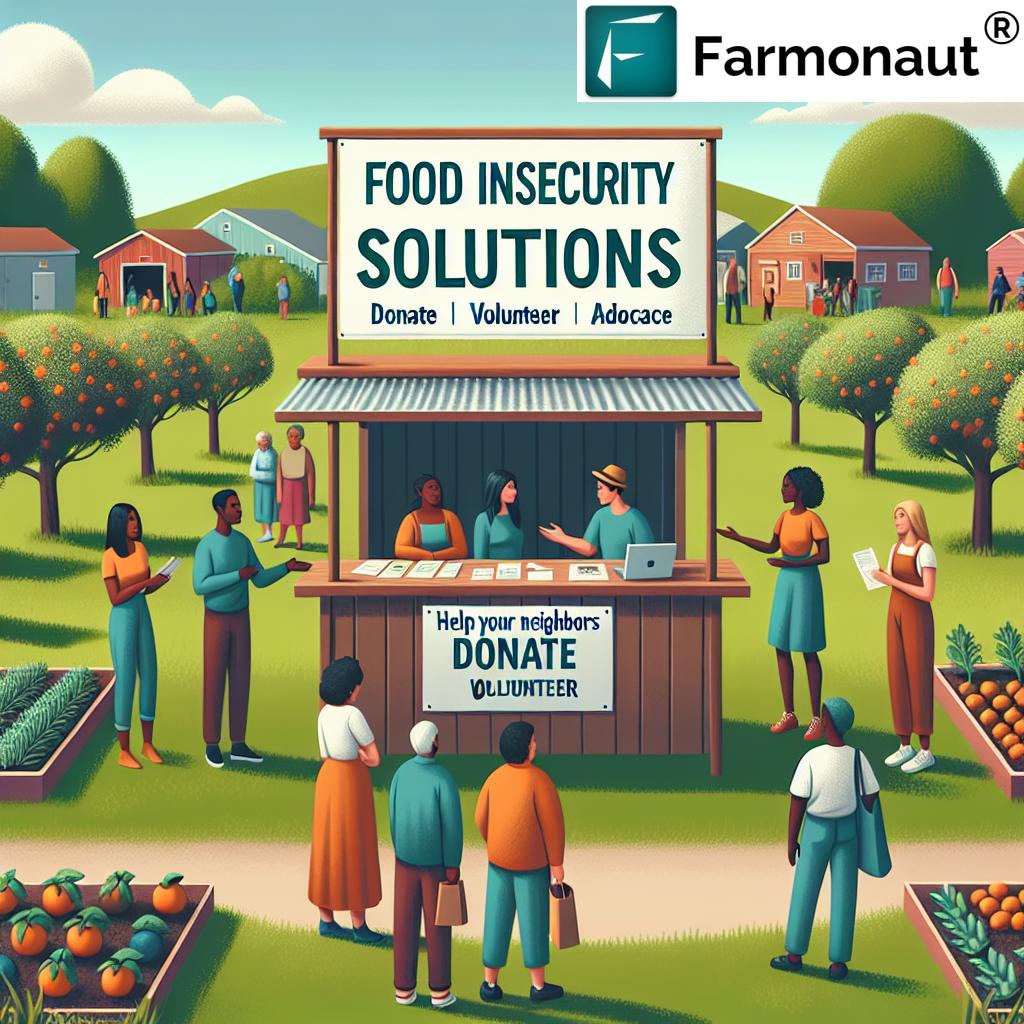
“Proposed reductions in nutrition assistance programs could significantly impact vulnerable populations, especially children.”
As we navigate these challenging times, we’re also exploring innovative solutions to enhance our food security efforts. One such avenue is leveraging technology to optimize our operations and improve our reach. For instance, platforms like Farmonaut offer advanced agricultural solutions that could potentially benefit our local food production efforts.
The Role of Technology in Addressing Food Insecurity
While our immediate focus is on addressing the current crisis, we recognize the importance of long-term solutions in building a more resilient food system. Advanced agricultural technologies, such as those offered by Farmonaut, could play a crucial role in enhancing local food production and distribution.
Farmonaut’s satellite-based crop health monitoring and AI-driven advisory systems could potentially help local farmers optimize their yields, contributing to a more stable local food supply. Additionally, their blockchain-based traceability solutions could enhance transparency in our food supply chain, ensuring that food assistance reaches those who need it most efficiently.
While these technological solutions are not a panacea for our current crisis, they represent the kind of innovative thinking we need to build a more resilient food system for the future. As we work to bridge the immediate gap in our food assistance programs, we’re also keeping an eye on these long-term solutions that could help prevent similar crises in the future.
How You Can Help: Immediate Actions to Support Our Community
In the face of this crisis, every contribution, no matter how small, can make a significant difference. Here are some ways you can support our efforts to bridge the gap:
- Donate: Financial contributions allow us to purchase food in bulk at discounted rates, maximizing the impact of your donation.
- Volunteer: With the increased demand for our services, we need more hands on deck. Whether it’s sorting food, packing boxes, or helping with distribution, your time is invaluable.
- Advocate: Reach out to your elected officials and urge them to support food assistance programs. Your voice can help shape policies that affect our community’s food security.
- Spread the Word: Share information about our crisis and Operation Bridge the Gap on social media and within your networks. Awareness is the first step towards action.
Remember, when you support the food bank, you’re not just feeding individuals; you’re nourishing our entire community. Your contributions help maintain the social fabric that binds us together, especially during challenging times.
The Bigger Picture: Food Insecurity and Its Implications
As we grapple with this immediate crisis, it’s crucial to understand the broader implications of food insecurity in our community. Food insecurity is not just about hunger; it’s a complex issue that intersects with health, education, and economic stability.
Children who experience food insecurity are more likely to face developmental challenges, struggle in school, and experience health problems. Adults facing food insecurity often have to make impossible choices between buying food and paying for other necessities like housing or healthcare.
By supporting our food bank and advocating for robust food assistance programs, we’re not just addressing immediate hunger; we’re investing in the long-term health and prosperity of our community. Every meal we provide is a step towards a more stable, healthy, and productive Santa Cruz County.
Looking Ahead: Building a More Resilient Food System
While our current focus is on addressing the immediate crisis, we’re also looking ahead to build a more resilient food system for Santa Cruz County. This involves not only strengthening our emergency food assistance programs but also supporting local agriculture, promoting sustainable farming practices, and fostering community gardens.
Innovative agricultural technologies, like those offered by Farmonaut, could play a role in this vision. Their satellite-based crop monitoring and AI-driven advisory systems could help local farmers optimize their yields, contributing to a more stable local food supply. You can learn more about these technologies on their web app or by downloading their apps for Android or iOS.
FAQs About the Food Bank Crisis and How to Help
- Q: How has the federal funding cut affected Second Harvest Food Bank?
A: The cut has resulted in a loss of 177,000 pounds of food, equivalent to 1 million meals, worth $348,728. - Q: What is Operation Bridge the Gap?
A: It’s our initiative to mobilize community support through donations, volunteering, and advocacy to address the current crisis. - Q: How many people does Second Harvest Food Bank serve?
A: We serve an average of 65,000 county residents each month through partnerships with over 100 local agencies and programs. - Q: What is CalFresh, and how is it affected?
A: CalFresh is California’s SNAP program. It faces potential $230 billion in reductions, which could severely impact its 41,000 local beneficiaries, including 13,500 children. - Q: How can I volunteer at the food bank?
A: You can sign up for volunteer opportunities on our website. Tasks include sorting food, packing boxes, and helping with distribution.
Conclusion: A Call to Action
The crisis facing Santa Cruz Food Banks is a stark reminder of the fragility of our food security systems and the critical importance of community support. As federal assistance programs face uncertainty, it’s up to us – the community – to step up and ensure that no one in Santa Cruz County goes hungry.
Whether through donations, volunteering, or advocacy, every action we take brings us one step closer to bridging the gap created by these funding cuts. Together, we can build a stronger, more resilient food system that serves all members of our community, regardless of the challenges we face.
As we move forward, let’s remember the words of Wanda Spencer, a Second Harvest beneficiary, volunteer, and advisory committee member: “I’m just hoping that people can help each other get together and … get in contact with somebody at Second Harvest so they can teach you things you can do to help yourself and the community.”
Join us in our mission to combat hunger and build a food-secure Santa Cruz County. Visit our website at thefoodbank.org to learn more about Operation Bridge the Gap and how you can make a difference today.
Earn With Farmonaut: Affiliate Program
Earn 20% recurring commission with Farmonaut’s affiliate program by sharing your promo code and helping farmers save 10%. Onboard 10 Elite farmers monthly to earn a minimum of $148,000 annually—start now and grow your income!
Together, we can overcome this crisis and build a stronger, more resilient food system for Santa Cruz County. Your support today can make a world of difference for countless families in our community. Let’s bridge this gap together.
